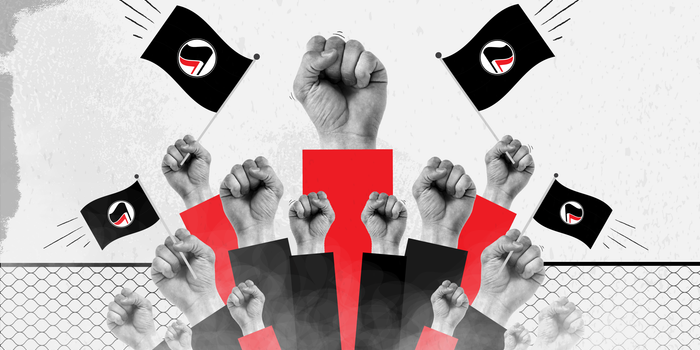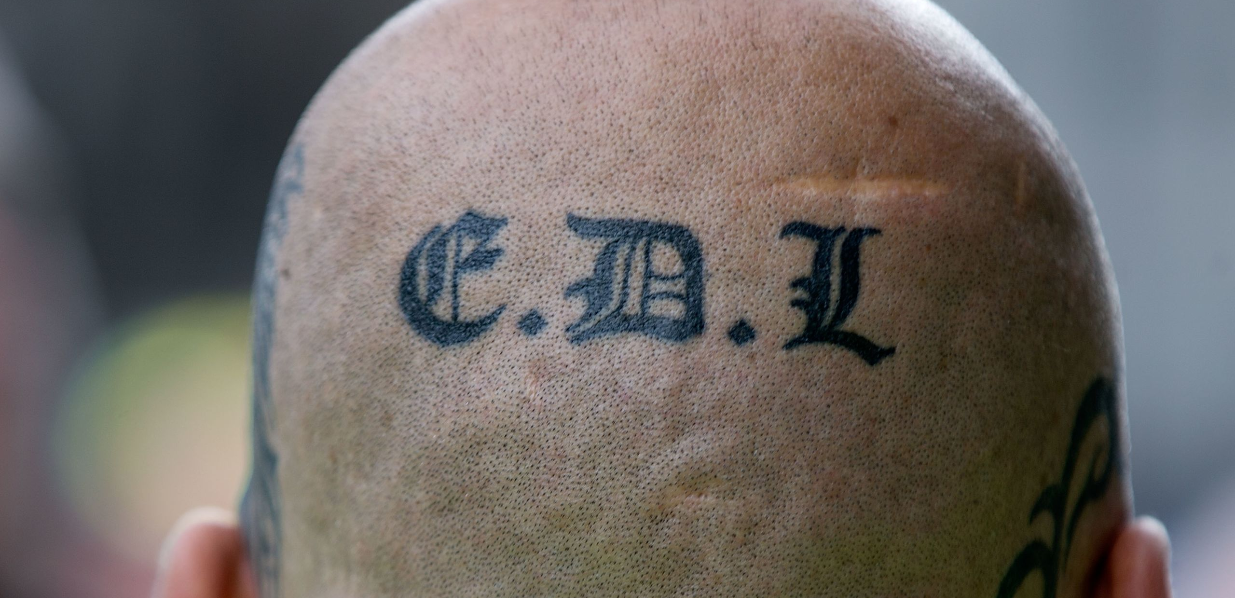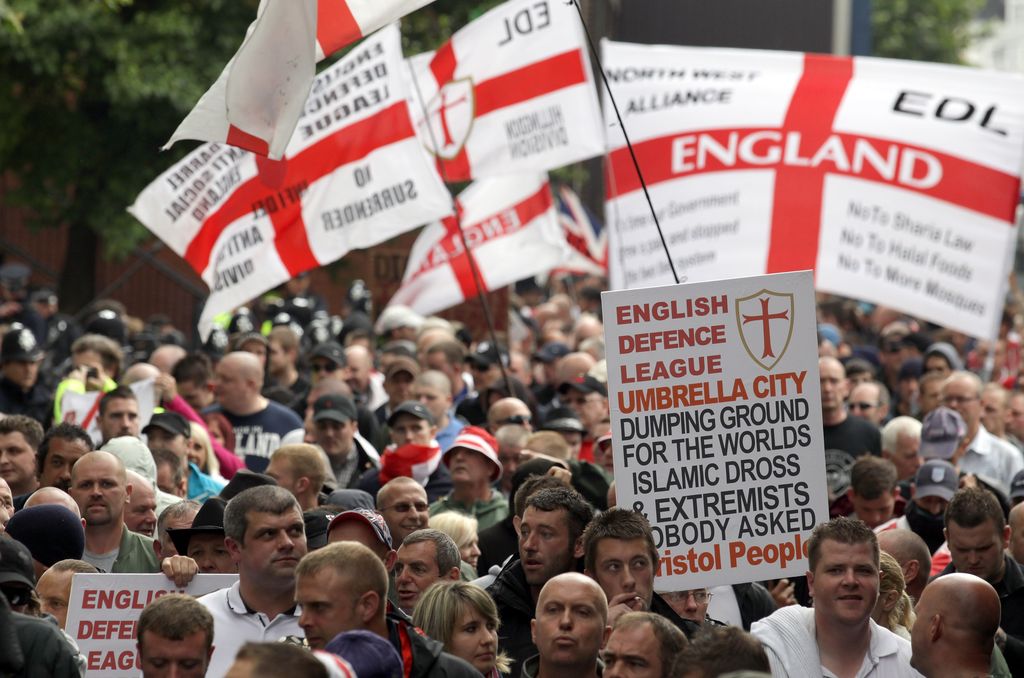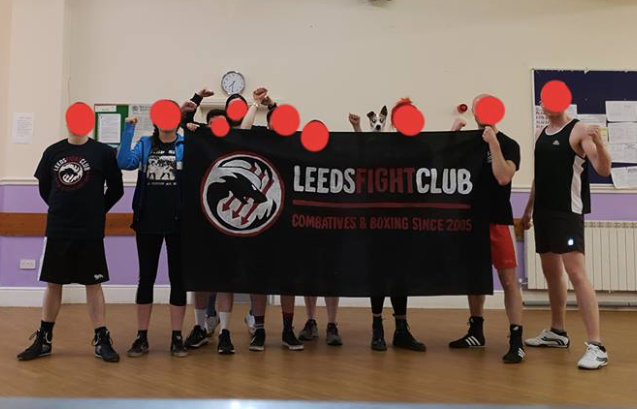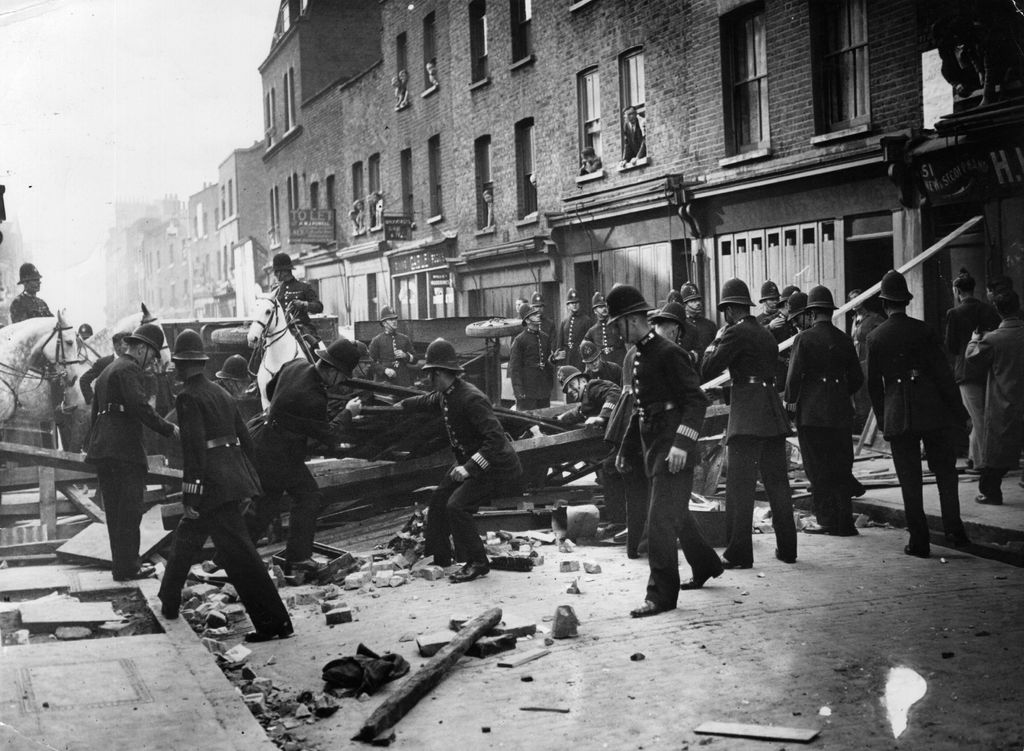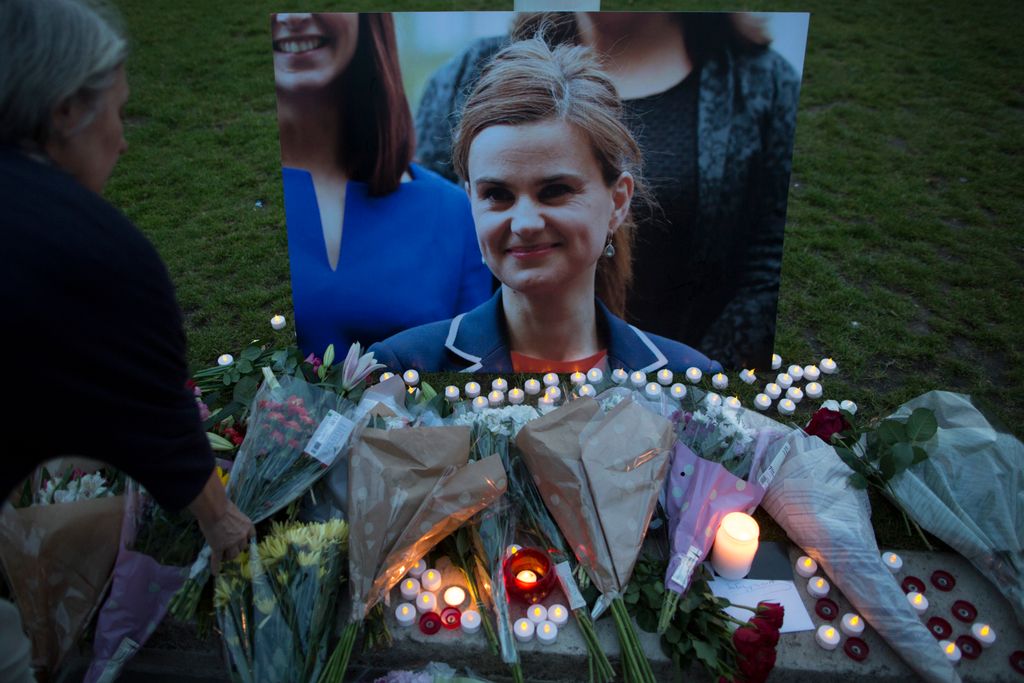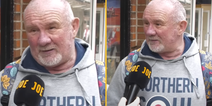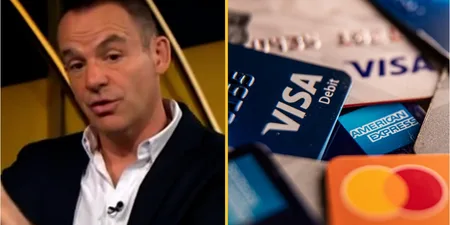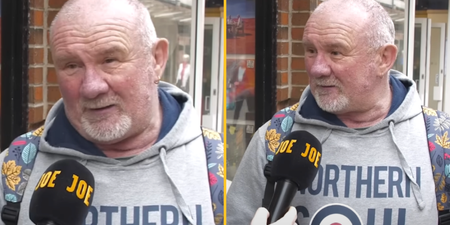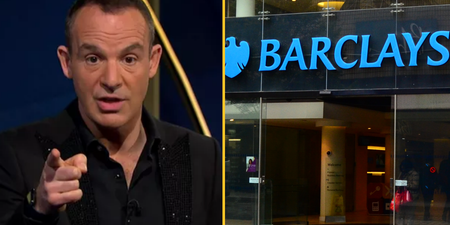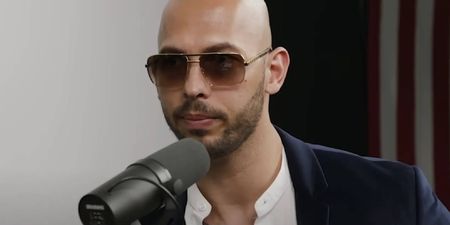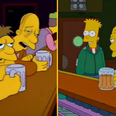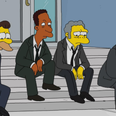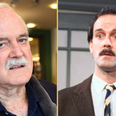In gyms across the country, a generation of supposed ‘snowflakes’ are biting down on their gumshields and preparing to defend their communities from the far-right
On the 7th of July 2018 – the same day as England’s World Cup quarter-final match with Sweden – hundreds of far-right protesters descended on Leeds city centre to march in support of Tommy Robinson.
Called on the anniversary of the 7/7 London bombing and in the wake of two protests in May and June that saw a number of arrests, the day promised the largest in a series of far-right marches in the city.
Leeds became a flashpoint for far-right agitation this summer following the arrest and jailing of the former EDL leader – formerly known as Stephen Yaxley-Lennon – in the city for contempt of court in May.
Despite attempts by police to stop the demonstration going ahead, on their forums ahead of the day the pro-Robinson activists promised it would be the day they claimed the Yorkshire city, marching through the centre before embarking on a day of drinking and mayhem.
Instead, on the day of the protest, as the group marched towards Leeds Market waving Union Jacks and chanting Robinson’s name, they were greeted by a 600-strong group of highly-organised antifascists, who blocked their path, preventing the far-right demonstrators moving any further into the heart of the city.
“We managed to stop [the rally] being a success at all,” Eamon*, a 28-year-old who speaks to me on condition on anonymity, tells me. “It was important for us because they thought it was going to be this big thing for them. They think that’s their culture, that they’re the football lads and that’s their turf, but it’s bollocks.
“On one hand, you have people supporting [the multiracial] England team and then you’ve got racists walking through town. We thought ‘we can’t be having this’ and I think it made them two-foot tall.”
Almost six months on from that counterdemonstration, Eamon is one of around 200 activists crowded into a hall in north Leeds for an antifascist combat sports day. The event has been organised by a combat school that is just one arm of the city’s growing antifascist network.
Competitors from around the country are invited to step into the ring for in a day of punching, kicking and grappling. And although friendly – with those of all ages, genders and experience invited to take part – it’s clear that different networks from regions around the country are also keen to prove their fighting credentials.
One of the first up to box is 30-year-old Willow* who also speaks anonymously, who despite having only been training for just six months, goes three rounds against another fighter – exchanging a number of blows to the face in the process.
Afterwards, she tells me how taking boxing classes prepared her for the far-right demonstrations in the city.
“There was a coherent group of people holding space and not wanting the far-right to be able to walk through the streets of Leeds. There was a very clear aim that paid off,” she says of the summer of 2018.
“Fighting in class, even though it’s a controlled altercation, means that in that situation I had an idea of what to do. I looked around on the day and saw the people I trained with were there, so there was sense of knowing you were around people who know you and are going to watch out for you.”
The organisers see their fighting school as part of the continental tradition of ‘Red Gyms’, providing fitness and self-protection training for those at disproportionate risk of physical violence, such as people involved in political organising, the LGBT community, women and people from minorities.
As well as boxing, the school holds classes in Muay Thai kickboxing and wrestling. But more than just preparing the combatants for trouble on the streets, the school also provides a method of recruitment and a space to organise beyond meetings that the two organisers tell me often provides a barrier to building a wider movement around their ideals.
“If you want to spar that night you don’t have to,” Willow adds. “There’s lots of people today who have been involved in the event who haven’t been in the ring. It’s about having a militant response and being able to protect ourselves but it’s also about being together as a community.”
There has been a major rise in far-right politics across the world in the last decade, in parliaments and local government but also on the streets. Neo-Nazis march en masse through Warsaw each November in front of a global television audience and murder of the US activist Heather Heyer during the Charlottesville white supremacist protests in 2017 received worldwide attention.
In Britain too, surges in support of fascism and the subsequent fights against it exists in living memory.
From the British Union of Fascists being forced from Cable Street through to the National Front in Brick Lane in the 70s, the history of antifascism in Britain is one of the far-right being beaten off the streets by working-class antifascist militants.
In the east end of London in the 1940s Jewish servicemen returning from war in Europe against the forces of fascism were shocked to find Oswald Mosley preaching hate back home. They set up a militant organisation, the 43 Group, to break up fascist meetings and defend the Jewish community in the east end.
In 1994, as a result of militant activities waged against them by groups such as Anti-Fascist Action, the BNP and its satellite groups turned away from street organisation – declaring at a conference: “no more marches, no more meetings, no more punch-ups” – in favour of attempting to garner ballot box respectability.
After over a decade of withdrawal, the post-2008 Financial Crash emergence of street mobilisations by the English Defence League and subsequently groups such as Britain First, the terrorist-proscribed National Action and the Democratic Football Lads Alliance, has required a re-organisation by a new generation of antifascists.
The Leeds Antifascist Network has been part of this regrouping, seeing a rapid growth in the last year in the aftermath of Brexit and Donald Trump’s election which the group says runs parallel to an increase in far-right support.
Eamon points to the 1936 Battle of Holbeck Moor as an example of Yorkshire’s antifascist history, which saw the communist party and the trade unions join with the Jewish community in Beeston, south Leeds to fight off thousands of Oswald Mosley’s British Union of Fascists.
Organisers see the network as a vital to preventing a rerun of Mosley’s politics.
It was in Birstall, on the outskirts of Leeds, where 41-year-old Labour MP Jo Cox was murdered by a far-right terrorist named Thomas Alexander Mair. The unemployed plumber who had grown up locally, shouted “Britain first” as he stabbed her and left her for dead outside her constituency office. A police search of his home revealed a life-long obsession with the extreme right.
Cox’s death served as a local reminder of the bloody consequences of an emboldened right.
“The right is reorganising internationally and you can see this across Europe and America –with this general resurgence of militant populists, fascistic right wing,” Eamon tells me.
“Last year, we started thinking about re-establishing our network to be consistently organising in preparation.
“While we knew individual groups like the EDL or Britain First weren’t going anywhere, the politics of the far-right was building.”
A YouGov survey earlier this year found that nearly a quarter of voters would be willing to support “an explicitly far-right anti-immigrant, anti-Islam party” at a future election. In other European countries like Hungary, Poland and Italy this is already a reality.
Events such as a pro-Tommy Robinson protest in London earlier this year that attracted 15,000 people, have prompted the group to begin a recruitment campaign they hope will allow it to match the size of any right-wing insurgence in Yorkshire.
Eamon is clear about the groups intent when it comes to growing the network: “There’s an idea that we can either have a big protest that won’t really do anything to stop the fascists but will gather opposition, or we can have a small effective group of professional hard men to stop them. But we think let’s have both.
“You can see in our recent demos that where we have organised we’ve been successful, the antifascist demos we had in Leeds were some of the queerest demos I’ve been on. Here were the Football Lads Alliance or the EDL or whoever trying to attack our demonstration and they got slapped by a load of queers, which cuts into their macho superman act.”
The blood, sweat and saliva running across the mat after the day’s fighting is a demonstration of how seriously the network is taking the rise of the right and it preparation of a “militant response”.
But there are inherent dangers in any campaigns against fascism that instigate violence.
While there’s no suggestion that any of the skills learnt at the growing number of combat schools up and down the country will be used beyond self defence, in 2011, a group of seven antifascists were jailed for conspiring to commit violent disorder after attacking two men on their way to a neo-Nazi event in London.
In America, violence against the far-right, such as the attack on prominent Alt-Right leader Richard Spencer by Antifa, has led to widespread condemnation of both sides as thugs.
Eamon points out that the depiction of the forces of the left as thugs, runs contrary to the concurrent branding of progressives as “snowflakes” in the media. But he tells me he embraces the latter, seeing a mutual compatibility between fighting against politicised hate and not being judgmental of others.
“There’s an image of antifascism that’s presented on the internet that it’s people running around like ninjas or football hooligans or whatever, but it’s about getting to what we actually do and the politics of it,” he says.
“Just because we’re doing boxing and kickboxing doesn’t mean we’re going to be rude to people, or that we’re not emotionally intelligent. We can be ‘snowflakes’ and dead hard at the same time.”
